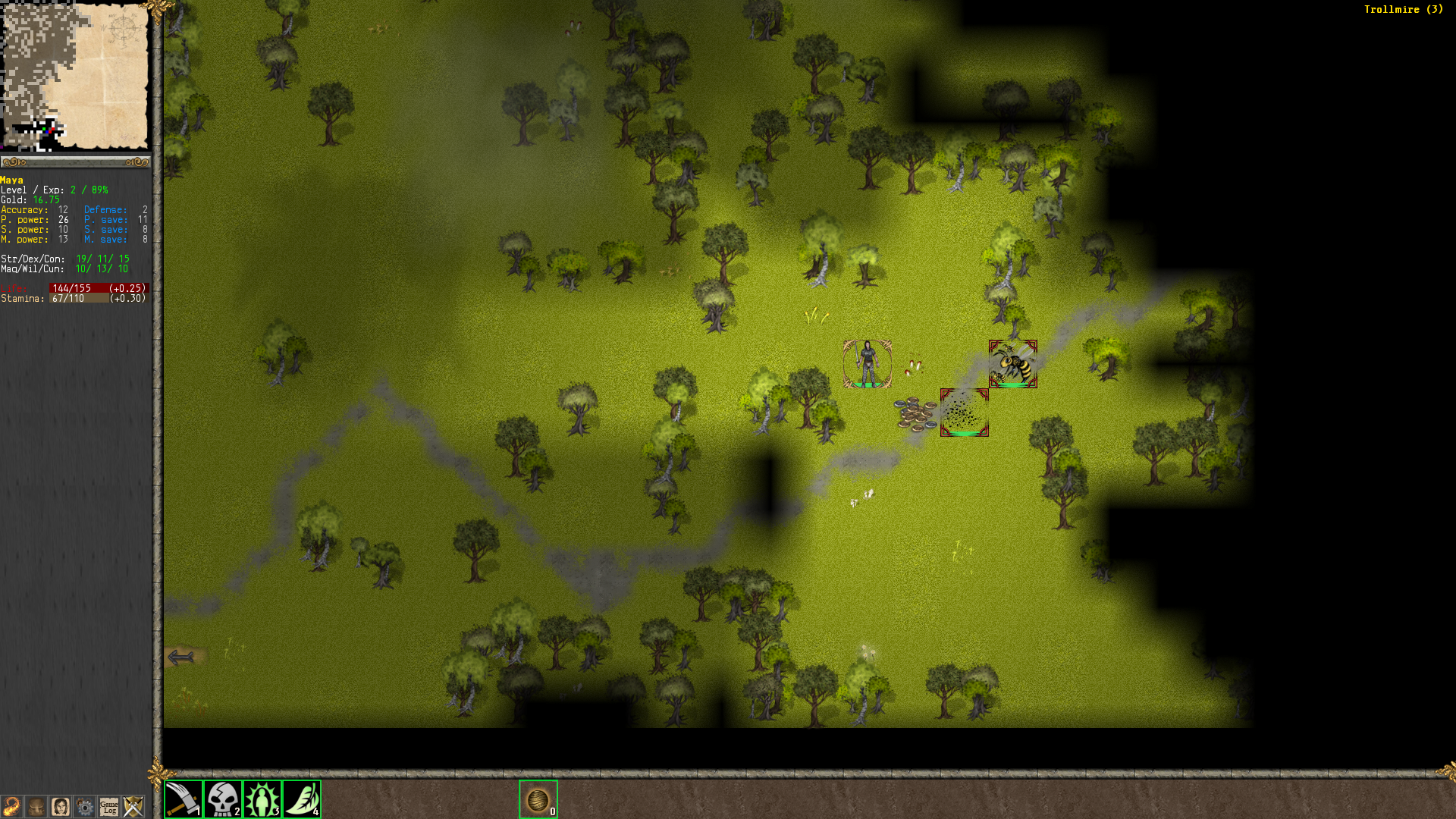EDIT: A WordPress update seems to have messed up the screenshots in this post, and re-uploading them isn’t helping; they do not show up properly in WordPress at all anymore. Plus the original link to the game is down. So you’ll just have to trust me that this game exists at all.
New readers may want to read my introduction to roguelikes first. Previous roguelike highlights can be found here.
Xenocide is not finished. And with no updates since 2007, it seems unlikely that it ever will be. There is no ending, with things simply trailing off if you get far enough, and there are many item descriptions and even some gameplay features that haven’t been implemented. As such, it’s not a game that one will play for very long. But it has a lot of really clever ideas, and I think some of the more popular roguelikes could learn a lot from Xenocide.



